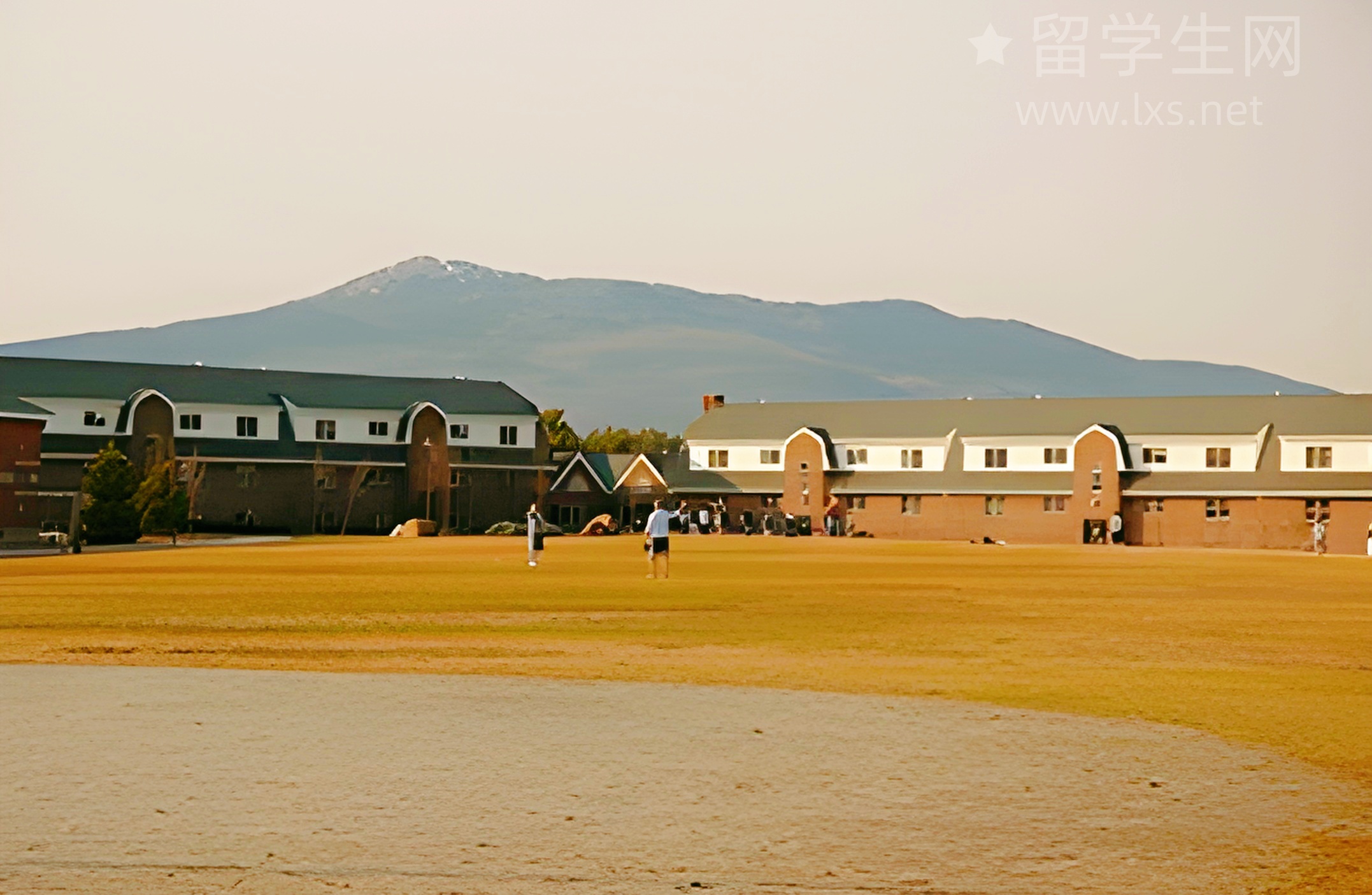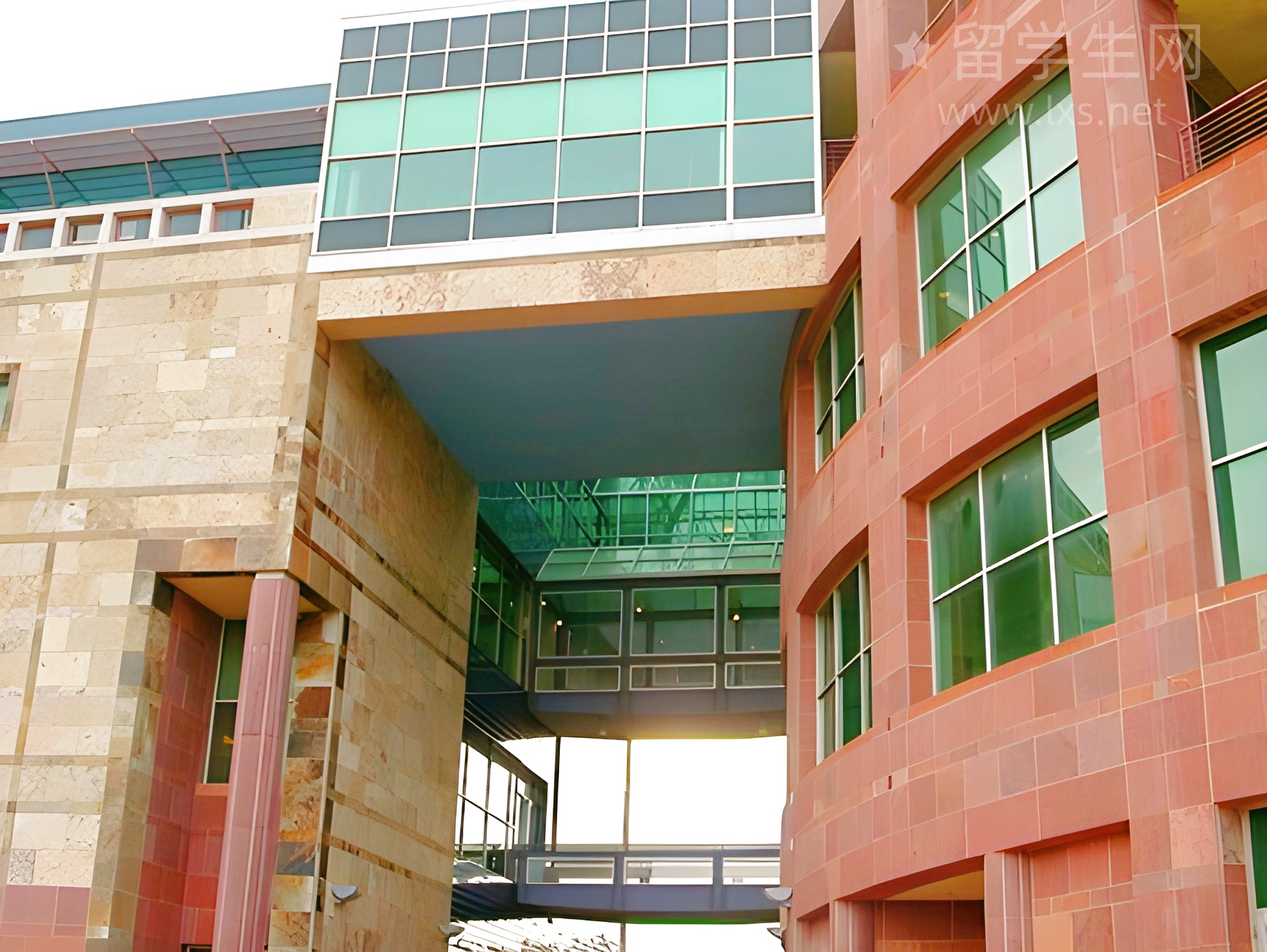| 雅思大作文“水危机”破题思路 |
|---|
| 个人层面:虽然重要,但作用有限 (limited impact)。是意识培养的起点,而非解决问题的终点。 |
| 技术层面:核心驱动力。聚焦海水淡化 (desalination)、污水净化 (water purification) 和智能灌溉 (smart irrigation)。 |
| 政策与国际合作:顶层设计。强调水资源管理法规 (water management regulations) 和跨国合作 (transnational cooperation)。 |
| 高分词汇:杯水车薪 (a drop in the ocean), 迫在眉睫 (imminent), 可持续发展 (sustainable development), 多管齐下 (a multi-pronged approach)。 |
雅思高分作文:全球水危机,我们还能做什么?
嗨,各位奋战在雅思一线的烤鸭们!我是留学生网的雅思版小编。提到雅思大作文的环境类话题,“水危机”(Water Scarcity)绝对是绕不开的“老大难”。很多同学一看到题目,脑海里盘旋的似乎只有“节约用水”四个大字,然后就……词穷了。这显然无法支撑起一篇有深度、有逻辑的高分作文。
个人节约用水固然值得提倡,但考官更希望看到你从更宏观、更多元的角度去剖析问题。今天,我们就用一篇高分范文,带你跳出“个人节水”的思维定式,从技术、政策等层面,探讨如何真正应对这场迫在眉睫的全球性挑战。
高分范文示例
Topic: The world is facing a growing water crisis. While individual efforts to save water are important, they are insufficient. To what extent do you agree or disagree? What other measures should be taken to address this problem?
(范文正文)
The escalating global water scarcity is undeniably one of the most pressing challenges of our era. While encouraging individuals to conserve water is a commendable first step, I firmly agree that such measures alone are merely a drop in the ocean. A truly effective solution demands a multi-pronged approach, heavily reliant on technological innovation and robust governmental policies.
On one hand, the impact of individual actions, such as taking shorter showers or fixing leaky faucets, is fundamentally limited. The primary consumers of freshwater are not households, but rather the agricultural and industrial sectors, which account for the vast majority of water usage worldwide. For instance, producing a single kilogram of beef can require thousands of liters of water. Therefore, while personal water-saving habits cultivate a crucial sense of environmental responsibility, they fail to address the systemic drivers of the crisis. Relying solely on these micro-level efforts is akin to trying to empty the ocean with a teaspoon; the scale of the problem dwarfs the impact of the solution.
A more potent strategy lies in the realm of technological advancement. Innovations in water management can be a game-changer. For example, desalination technology, which converts seawater into fresh water, holds immense promise for coastal regions facing acute shortages. Similarly, advanced water purification and recycling systems can transform wastewater into a viable resource for irrigation or industrial use, thus alleviating the strain on natural water sources. Furthermore, the implementation of smart irrigation systems in agriculture, utilizing sensors and AI to deliver water directly to plant roots with minimal waste, can drastically reduce water consumption in the most water-intensive sector. These technological breakthroughs offer scalable and sustainable solutions that individual conservation cannot match.
Beyond technology, the role of governance and international cooperation is indispensable. Governments must take the lead by formulating and enforcing comprehensive water management regulations. This includes investing in modernizing water infrastructure to prevent leakage, establishing fair water pricing mechanisms that reflect its true value and deter waste, and subsidizing the adoption of water-efficient technologies. Moreover, as many major rivers and aquifers cross national borders, transnational cooperation is imperative to ensure equitable and sustainable management of shared water resources. Without strong policy frameworks and collaborative governance, even the most advanced technologies may not be widely adopted or effectively implemented.
In conclusion, while individual contributions to water conservation are valuable for raising awareness, they are profoundly insufficient to resolve the global water crisis. The path forward must be paved with significant investment in technology, such as desalination and smart irrigation, and underpinned by decisive governmental action and international collaboration. Only through this holistic and large-scale approach can humanity hope to secure a water-sufficient future for generations to come.
范文解析与提分技巧
看完这篇范文,你是不是感觉思路清晰了很多?它之所以能得高分,主要有以下几个原因:
1. 逻辑结构清晰: 文章结构非常严谨。开头明确表态,中间三个段落分别论述“个人行为的局限性”、“技术创新的重要性”和“政策治理的必要性”,层层递进,从微观到宏观,逻辑链条完整,论证有力。
2. 论点深刻多元: 它没有停留在“人人节约一滴水”的表面,而是深入到了农业、工业用水的结构性问题,并提出了海水淡化、智能灌溉、水资源定价等具体、有深度的解决方案,展现了作者开阔的视野和批判性思维。
3. 词汇句式地道: 文中使用了大量高分词汇和地道表达,如 "pressing challenges"(紧迫挑战), "a drop in the ocean"(杯水车薪), "a multi-pronged approach"(多管齐下的方法), "game-changer"(改变局势者), "indispensable"(不可或缺的), "holistic approach"(整体方法)等。同时,长短句结合,使用了多种从句,让文章读起来富有节奏感。
写出这样的文章并非遥不可及。在 留学生网,我们的智能算法和庞大的模板库,覆盖了环境、科技、社会等多个雅思常考学科,能帮你快速搭建逻辑框架。我们的AI技术不仅能帮你润色语言,还能根据你的初稿提供地道的词汇和句式升级建议,让你的论证更有深度和说服力。无论你是需要灵感启发,还是想对自己的作文进行精细打磨,留学生网都能为你提供强大的支持。
希望今天的分享能帮助你攻克雅思写作难关,下次再遇到“水危机”这样的话题,你也能文思泉涌,下笔有神!






